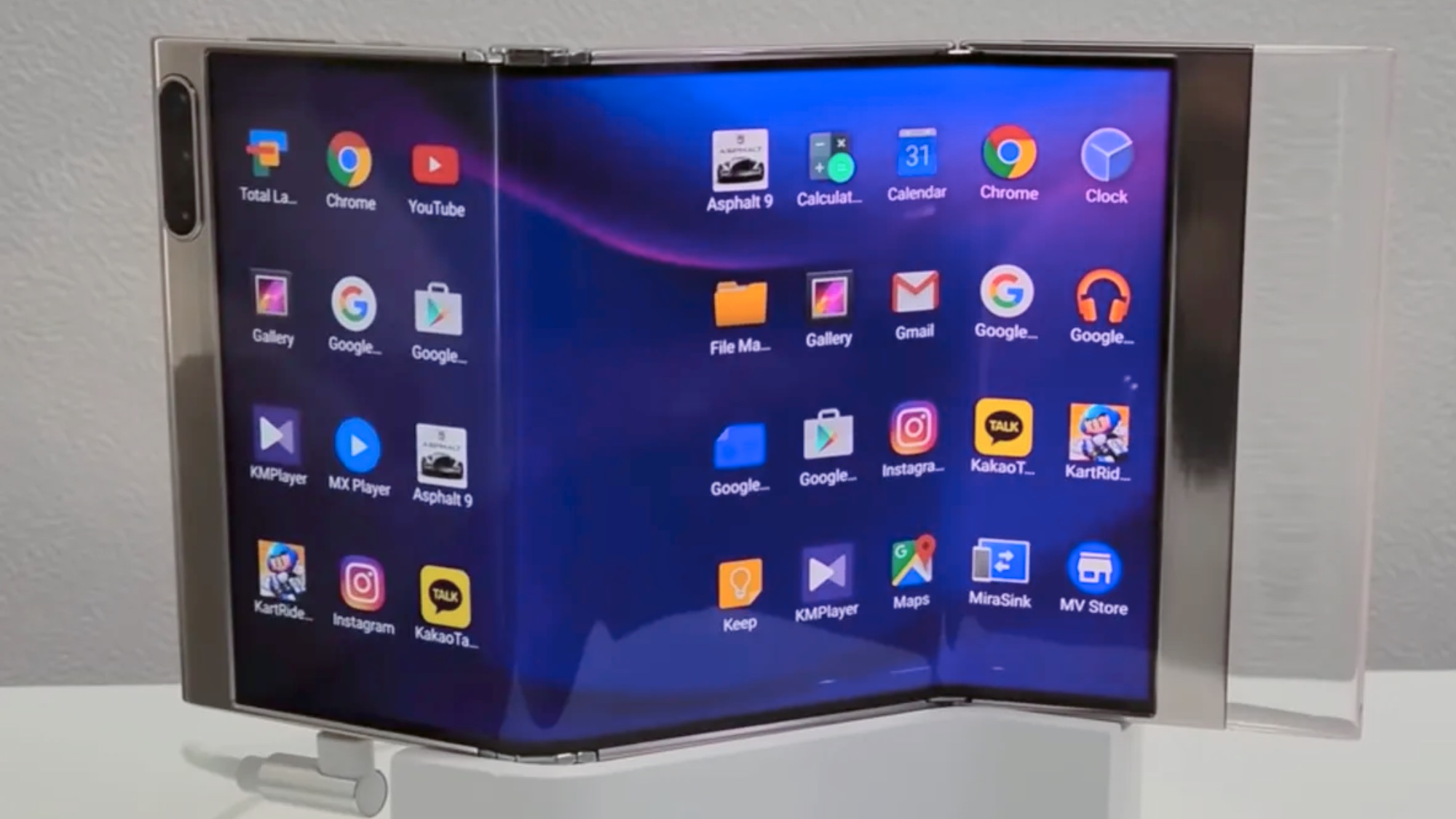I hope Google enables this feature on the Pixel Watch — it already has the hardware
Pixel Watch skips SPO2 monitoring, and I'm not sure why

Google introduced its first-ever Pixel Watch this year. The company decked it out with some Fitbit features, along with a minimal design and Google’s own apps built-in with Wear OS. While that covers some of the key reasons to buy the Pixel Watch, after using it for two weeks I find that it misses out on key health tracking features, some of which we are hoping we get to see in the next gen version. But there is one feature on the Pixel Watch that Google has not enabled yet despite having the hardware for it — blood oxygen (SPO2) monitoring.
Apple made headlines in 2020 when it introduced an SPO2 sensor on its Apple Watch series 6. Subsequently all Apple Watches, barring the Apple Watch SE series, have had a SPO2 sensor. Fitbit also soon followed suit and introduced blood oxygen monitoring on most of the Fitbit models.
Since Google equipped the Pixel Watch with a whole suite of health tracking features like steps, calories, heart rate monitoring and more, I expected the Pixel Watch to pack in SPO2 monitoring as well since all the best smartwatches have it.
Wide variations in blood oxygen can point to issues with breathing, a clue that you may be suffering from conditions like sleep apnea. Blood oxygen levels are also critical when someone is suffering from the COVID-19 virus. Blood oxygen saturation has almost become a standard health feature to have with the COVID-19 pandemic around. What baffled me was that Google gave us the SPO2 sensor on the Pixel Watch but has not enabled the feature just yet.
I have used the Fitbit Versa 2 briefly and for $200 it offers some of the best Fitbit features as well, including SPO2 monitoring. I quickly got used to seeing my SPO2 percentage in my sleep statistics every day. The Pixel Watch costs $350, $150 more than the Versa 2, and not having a basic health tracking metric seems like a bizarre omission.
Other features Pixel Watch misses out on
The Pixel Watch misses out on more than just SPO2. It has the ability to take ECGs to detect possible signs of atrial fibrillation but strangely, it does not bring up irregular heart rhythm and high/low heart rate notifications. Google’s watch also misses out on a body temperature sensor (which the Apple Watch 8 debuted this year) and it doesn’t have automatic workout tracking like the Fitbit Versa 4 or the Fitbit Sense 2.
The Pixel Watch also does not sync with iOS, unlike its Fitbit counterparts. For swimmers, Google’s watch does not track swimming strokes either. We might have to hold on 'til next year to see some of these upgrades make their way to the Pixel Watch, unless Google surprises us with Pixel Feature Drop style updates.
The launch of the Pixel Watch, on one hand, makes us think Google could have sacrificed Fitbit for its own Watch. On the other, the Pixel Watch could very well be a victim of a confused line-up. Smart watch or a health tracking fitness tool? Unfortunately, it doesn’t clearly fall into either bucket. It's possible that more will be taken away from Fitbit and given to the Pixel Watch in future versions of Google's smartwatch but for now, I hope the tech giant unlocks the Pixel Watch’s full potential.
Sign up to get the BEST of Tom's Guide direct to your inbox.
Get instant access to breaking news, the hottest reviews, great deals and helpful tips.

Sanjana loves all things tech. From the latest phones, to quirky gadgets and the best deals, she's in sync with it all. Based in Atlanta, she is the news editor at Tom's Guide. Previously, she produced India's top technology show for NDTV and has been a tech news reporter on TV. Outside work, you can find her on a tennis court or sipping her favorite latte in instagrammable coffee shops in the city. Her work has appeared on NDTV Gadgets 360 and CNBC.
